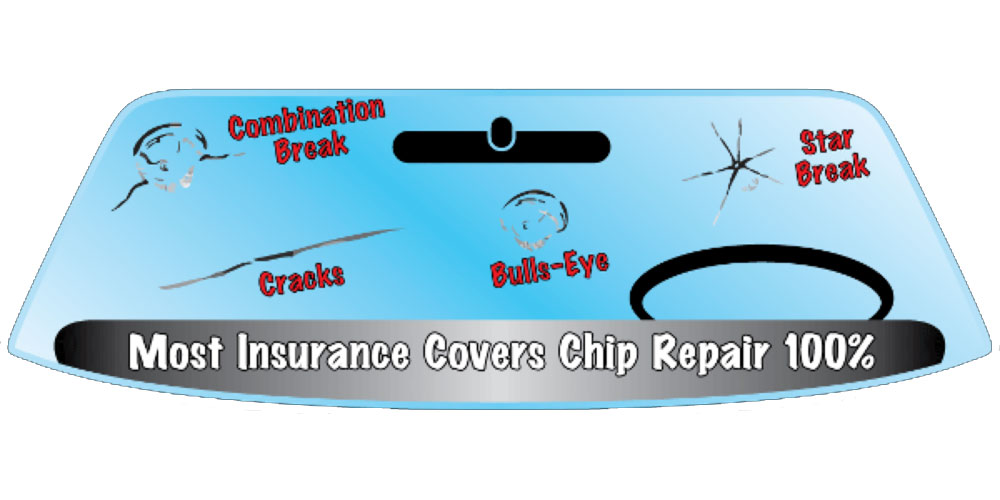
Can a 7 Inch Windshield Crack Be Repaired?
Cracks that span 1 inch or less on your windshield may be repairable; however, whether a 7-inch windshield crack can be fixed depends on several factors, including its type, length, depth, and location; for example, if it impedes visibility too significantly, it might need replacing instead of repaired.
Some have tried using clear nail polish as a temporary fix for windshield chips and cracks, though it should only be considered an emergency measure. While nail polish will prevent further cracks from spreading further, it can be difficult to remove without professional assistance once dried. If you wish to try this technique, clean the area well before applying any nail polish; allow time for drying before driving your car!
When considering whether or not a windshield crack can be repaired, its size must be considered. Cracks no more than an inch long – which is approximately equal to one dollar bill) are often treatable through resin injection; longer cracks could potentially expose the inner lamination of glass and compromise its structural integrity, so any crack extending more than three inches across will almost always need replacement.
Other signs that your windshield needs replacing include cracks extending from the edge of the glass, deep cracks over one inch deep or one that has formed a hole, and any signs that the crack has developed a haze indicating it’s safe to drive with.
Some windshield cracks, including half-moon, bullseye, star, and combination cracks, cannot be repaired. Half-moon cracks feature concentric rings enveloping an indentation near its center divot and are best addressed if their diameter is one inch or less and out of your vision. Bullseye cracks have a central divot surrounded by small fissures resembling stars; these cracks may sometimes be repaired if their legs don’t exceed three inches, whereas star cracks have multiple branches emanating outward from their center, making repair more complex than ever.
Combination cracks consist of the bullseye, flutter, and surface pits; they are sometimes repairable but usually require replacement. Stress cracks result from repeated impacts which are worsened by extreme temperatures.